Hi ! We hope this site helps you! ٩(ˊᗜˋ*)و As an Amazon Associate, we earn from qualifying purchases without additional cost. Click to read more about our Privacy Policy or Affiliate Disclosure
One of the most important keys to understanding Japanese are particles and so today we’re going to learn 4 simple but super helpful Japanese particles!! They are
も, と, や and の. Let’s start~
Particle も
First is particle
The examples below shows that the 2nd sentence’s topic is the same noun as the 1st.
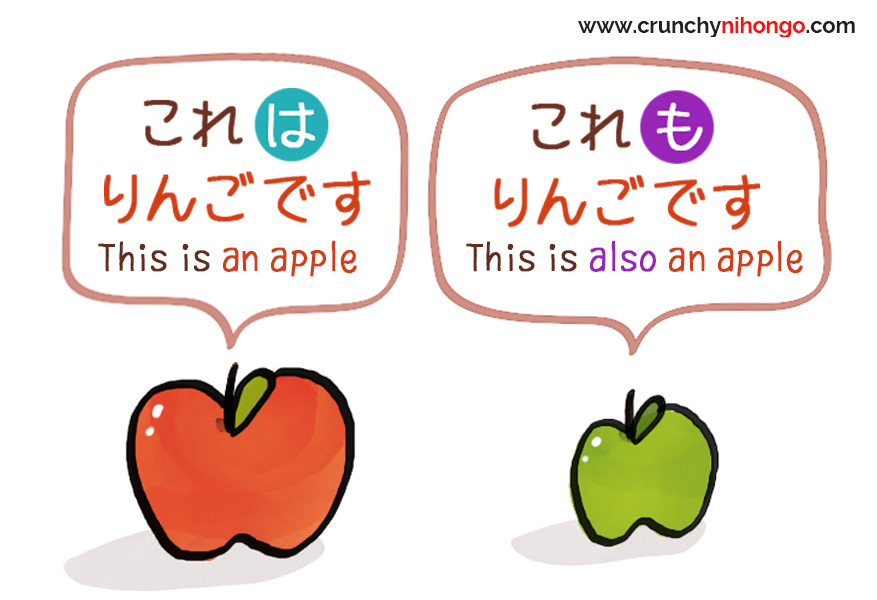
This example below shows that the 2nd sentence’s topic,
You can just drop the description if it already seems clear.
So as you can see in the second sentence, it’s completely okay to just say “あなた も” without “うつくしいです (beautiful) “. It will still means
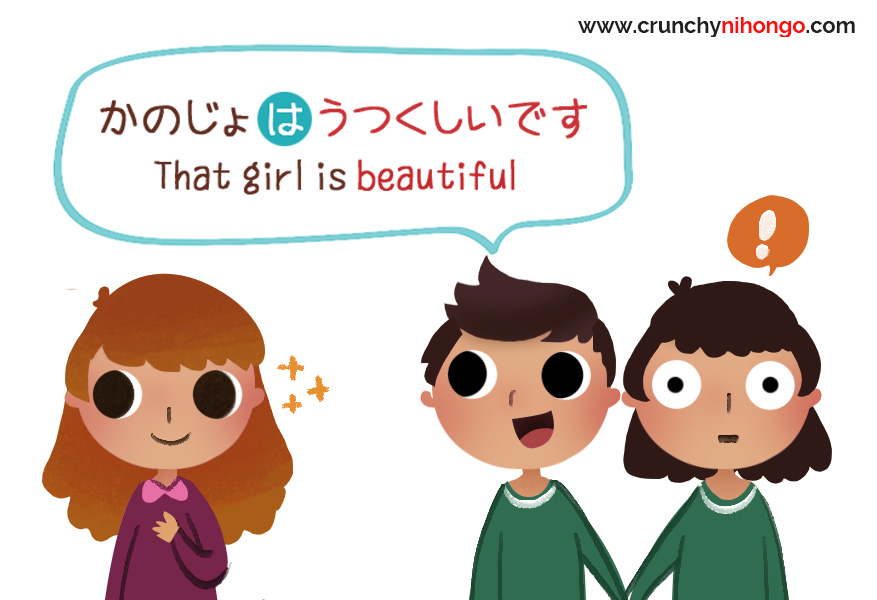

And this last example show that the 2nd sentence’s topic
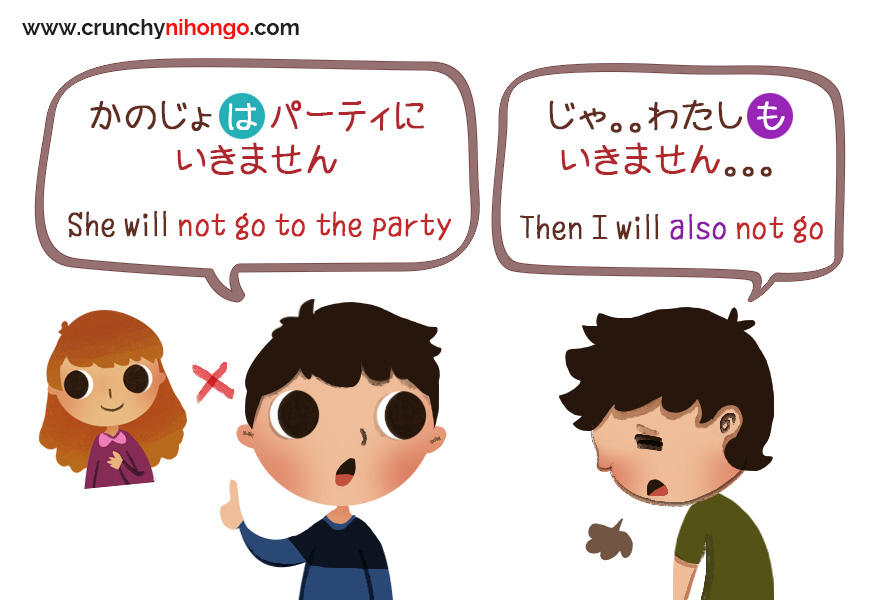
Particle と (listing complete nouns)
The particle
Important Note
There are a lot of other different usages for particle と. So when you see と being used in a sentence,
The usage is simple. Just put と after each nouns in the list. Note that you can safely omit the last と in the list. Check out the sample below:
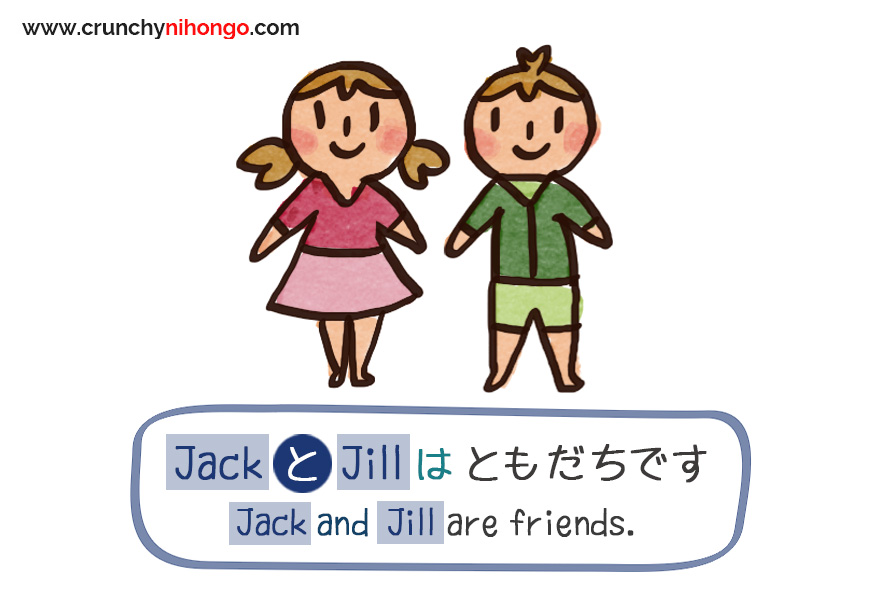
Jack
Jack
Jack

りんご
Ringo
I bought apples, oranges
You can also use this particle when you want to compare things.
Check out the sample below:

A
A
(Between) A
Although it’s being translated as
English translations you see is not literal translations
When learning Japanese, it’s very crucial to understand that the English translation is not the literal translation from Japanese but, rather, more contextual. We grasp the context of the Japanese sentence and think of the English equivalent sentence that may have more or less the same meaning. So in this case, don’t be confused as to why the word “between” suddenly appears in the English translations.
Particle や (for incomplete list)
We can only use particle
The formula is the same as
So it becomes: A
–
–
When you want to add
“In the zoo, there are animals such as zebra, lion, giraffe,
So again, try not to take the English translations as literal translations of the Japanese sentence word-by-word. It will confuse you. Always try to grasp the context.
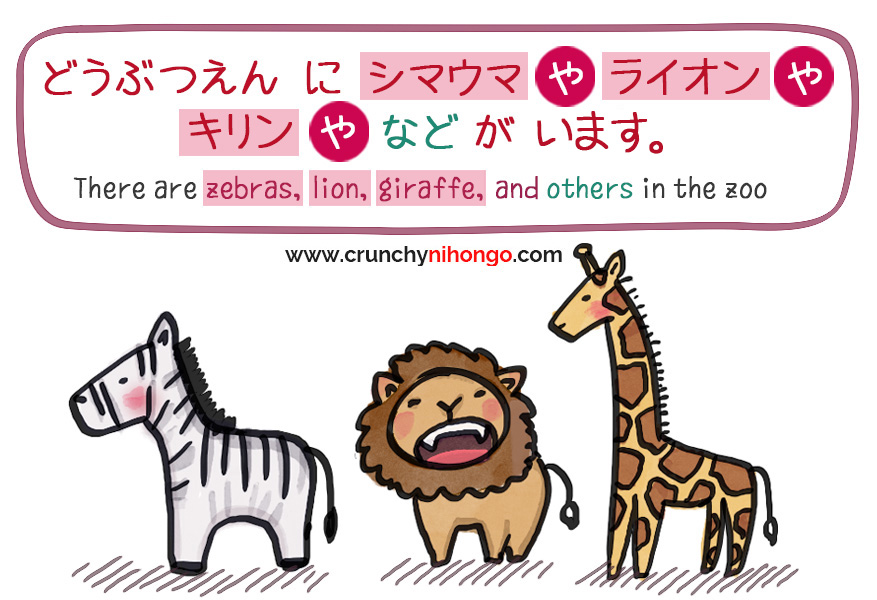
Particle の (noun modifier)
Using this particle, you can explain more details about a noun, adding additional description to it. For example: to
The sample below shows the ownership detail of a noun.
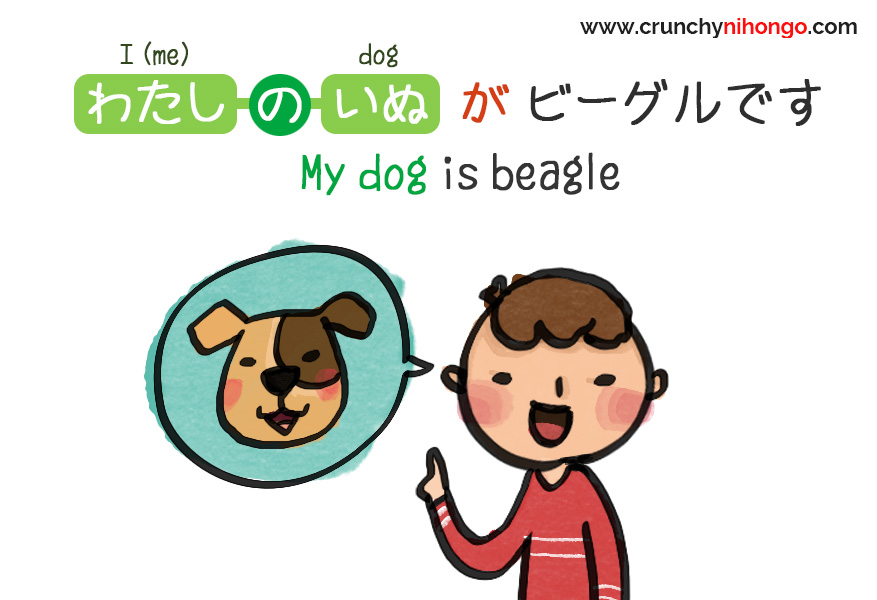
The sample below shows the location detail of a noun.

If the noun being described is already clear, you can safely removed it
So the sentence
is the same as
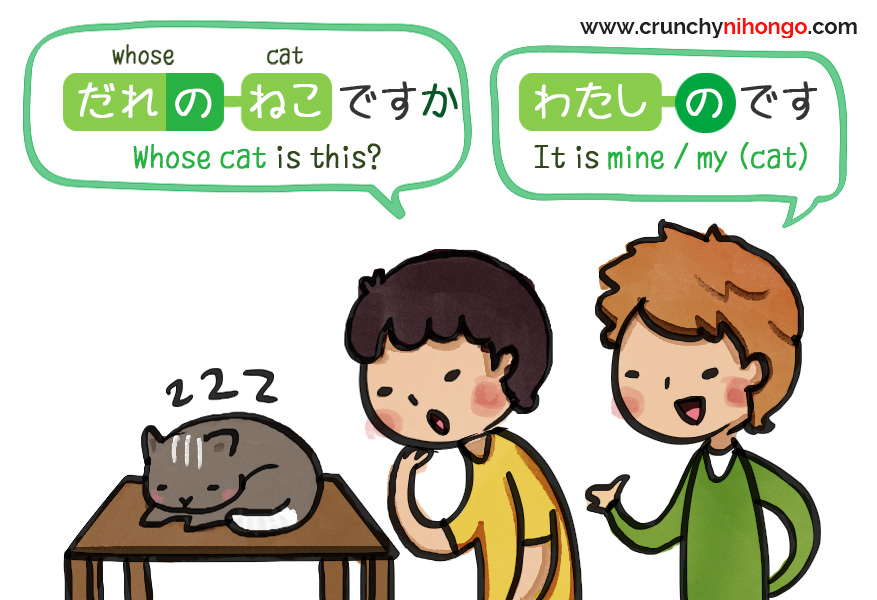

Your website is SO INSANELY CUTE <3 <3 like summaries all in one?
I have trouble with those and it would be great to have summary pages with all of your amazing content in one place to compare. Thank you so much for this amazing resource! <3
Aw, thank you! hmm, like an index? 😀 You could check these out https://crunchynihongo.com/easy-japan-lessons-index/ and https://crunchynihongo.com/category/mini-japan-lessons/
Hi ,i thought ya only need to appear at the end of the sentences.could use to between zebras,lion and giraffes